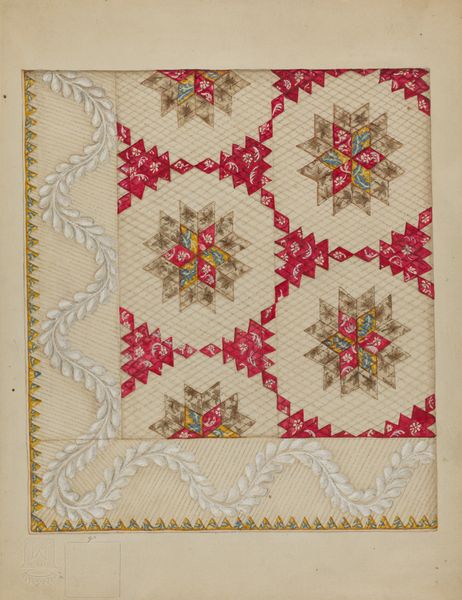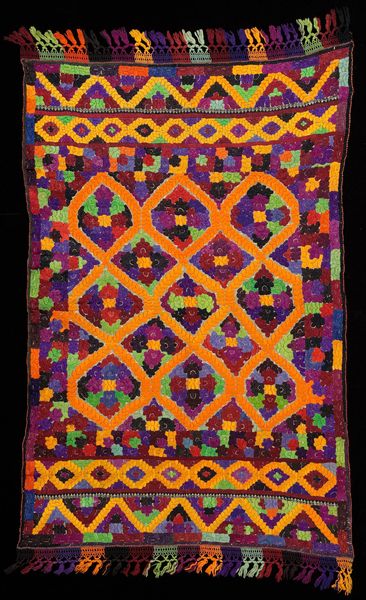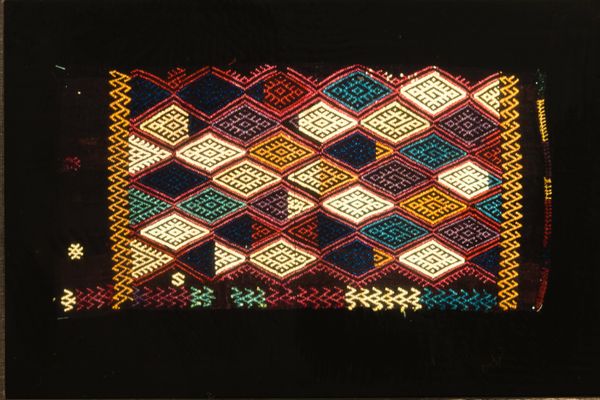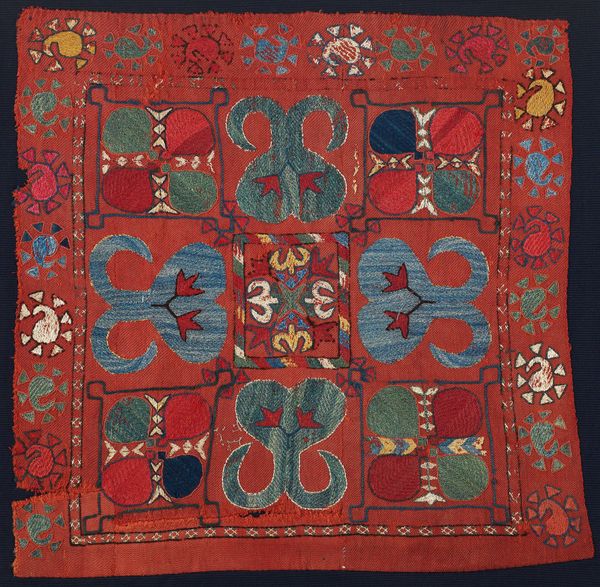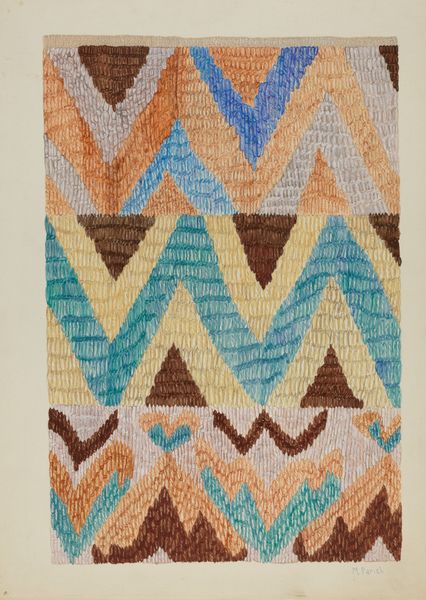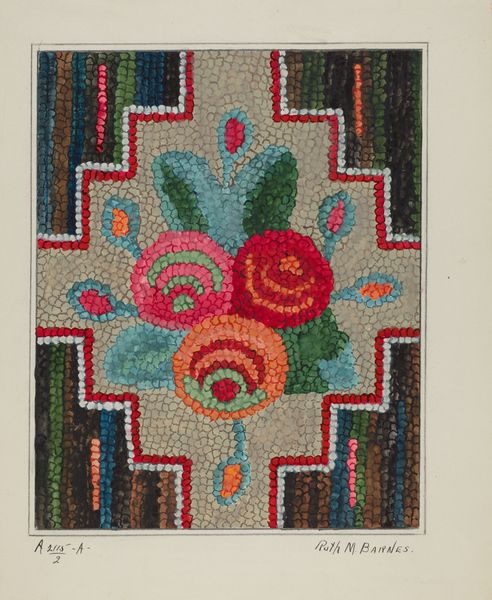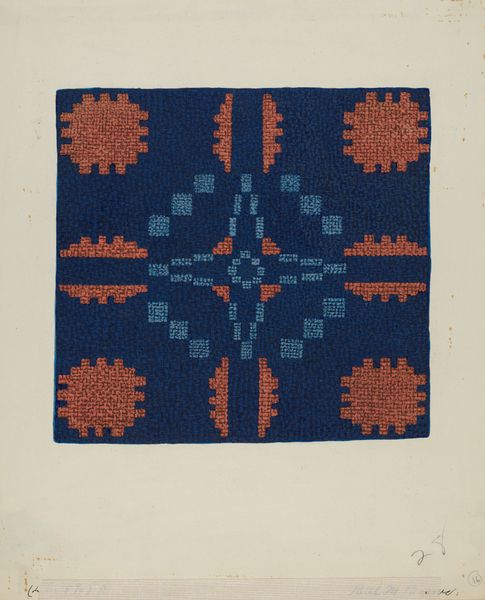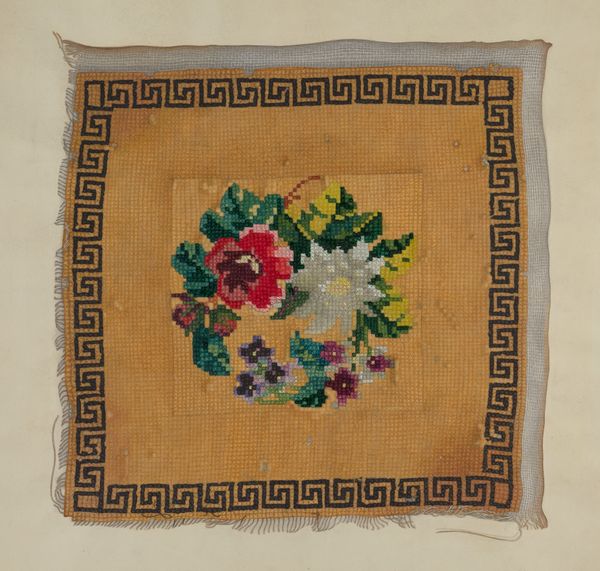
drawing
#
drawing
#
natural stone pattern
#
collage layering style
#
fashion and textile design
#
geometric pattern
#
tile art
#
repetition of pattern
#
pattern repetition
#
textile design
#
imprinted textile
#
layered pattern
Dimensions: overall: 35.5 x 28.7 cm (14 x 11 5/16 in.) Original IAD Object: 70" square
Copyright: National Gallery of Art: CC0 1.0
Editor: Here we have a drawing entitled "Quilt - Log Cabin Pattern" from around 1936 by Magnus S. Fossum. It looks like a design sketch for a quilt. I find the geometric patterns strangely soothing, like looking at a well-organized garden. What stories do you think this quilt design holds? Curator: This drawing opens a fascinating window into the intersection of craft, gender, and economic survival during the Depression era. Quilting was far more than just a domestic pastime. Editor: In what sense? Curator: Consider the materials used, likely scraps and remnants. Quilts were often born out of necessity, repurposing what was available, embodying a powerful act of resilience and resourcefulness by women in a society that often undervalued their labor. This "Log Cabin" pattern itself is symbolically charged. Do you notice the contrasting light and dark fabrics radiating from a central square? Editor: Yes, it’s quite striking! Curator: Some interpret that center as the hearth, the heart of the home, with the contrasting colors representing warmth and safety amidst the uncertainties of the outside world. What does this make you consider? Editor: I guess I see it as more than just a pretty pattern now. It becomes this visual representation of community and perseverance. Knowing the history makes it a powerful statement. Curator: Precisely. And the act of quilting itself, often a communal activity, fostered solidarity and shared stories amongst women. This seemingly simple quilt design carries a weight of social and historical significance. Editor: It’s amazing how a seemingly decorative object can reveal so much about the lives and experiences of the people who created it. Curator: Indeed, and hopefully it sparks reflection on contemporary forms of marginalized labor.
Comments
No comments
Be the first to comment and join the conversation on the ultimate creative platform.

